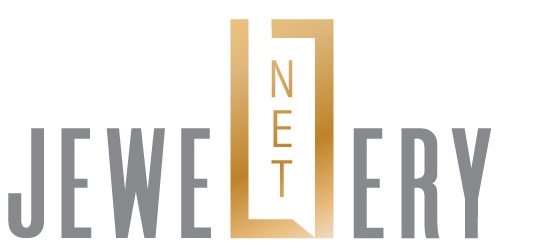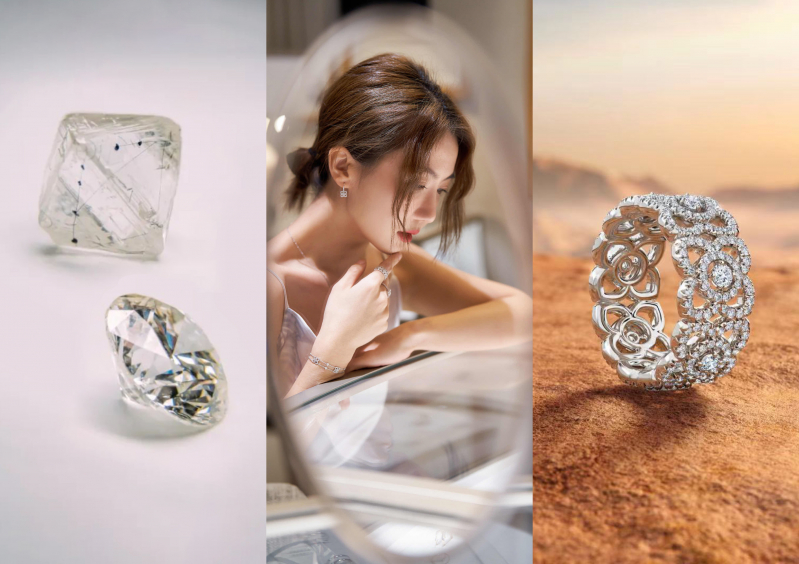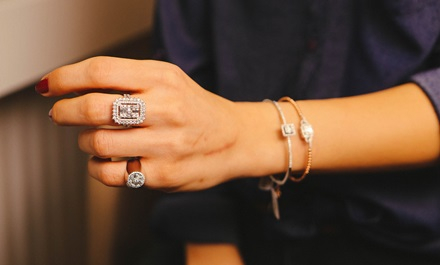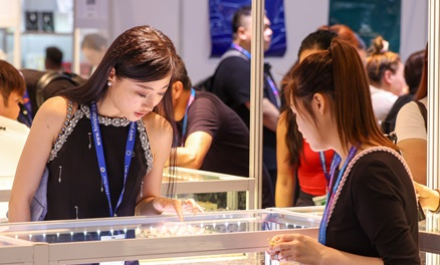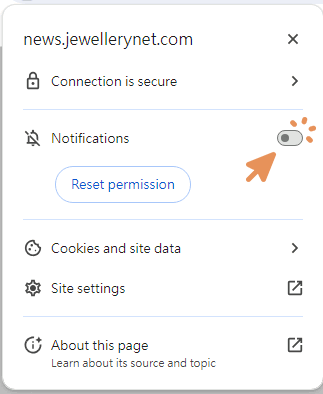Key trends are changing the way consumers understand and purchase diamonds, paving the way for revolutionary shifts in the diamond trade, a new De Beers study revealed.
The research published by De Beers in the 2022 Diamond Insight Report and titled, A New Diamond World: Bringing Trusted Brands to New Generations in a Digital Age, identified these emerging consumer trends as ethical assurances, “phygital” retail strategies, branded offerings and Web3 experiences. Younger buyers, Gen Z in particular, are driving these movements.
Based on unpublished findings, including a new survey of 18,000 US women in early 2022, the report explored how these megatrends converge and accelerate – spurred by global events, digitalisation and attitudes of younger generations – to forge a new future for diamond jewellery.
It said 36 per cent of women overall and 39 per cent of Gen Z now research a brand’s ethical credentials. It also revealed that 40 per cent of women overall are more likely to buy diamonds if these had a positive impact on local mining communities. This proportion rose to 50 per cent for Gen Zs, signalling a significant business opportunity. Brands and retailers, in turn, should clearly communicate their values and connect end-clients to a diamond’s provenance and story.
Another key finding is the rise in popularity of branded diamond jewellery, which represented two-thirds of all diamond jewellery purchases in the US in 2021 – double the proportion in 2015 – and almost 80 per cent of all sales by value. Gen Zs gravitated towards branded offerings, which they said contribute to their sense of self-worth and desire for self-expression.
A total of 76 per cent of diamond jewellery purchases by Gen Zs were branded, compared with 64 per cent for Gen X and only 38 per cent for Baby Boomers. Brands are also more attractive to affluent consumers and self-purchasers. Brands represented 74 per cent of diamond jewellery purchases among women earning more than US$150,000 (compared with 65 per cent across all incomes), while 73 per cent of self-purchased diamonds were branded compared with 62 per cent for bridal and 61 per cent for gifting.
Online sales of diamond jewellery are likewise on the rise, representing 25 per cent of US sales by value and 31 per cent by volume in 2021 compared with only 14 per cent and 18 per cent, respectively, in 2015. “The acceleration of ecommerce in recent years has been remarkable,” noted De Beers.
Online purchases were higher than average among Gen Zs (at 42 per cent of total Gen Z purchases), self-purchasers (40 per cent of total purchases) and single women (37 per cent of total purchases).
In addition, 54 per cent of online purchases in 2021 were by first-time buyers of diamond jewellery – likely resulting from pandemic-induced store closures but also indicates a growing trust in online diamond jewellery purchases. Importantly, 68 per cent of US consumers who bought diamond jewellery online intends to do so again in the future.
The full journey of buying diamond jewellery increasingly includes a digital component, demonstrating a combined physical and digital retail experiences or “phygital”. In the US, around half (49 per cent) of all diamond jewellery purchases are now researched online, compared with only 29 per cent in 2015.
Of that 49 per cent, 19 per cent of ultimate purchases occurred online while 30 per cent were in-store, highlighting the importance of a seamless phygital offering.
Meanwhile, Web3, NFTs and the metaverse – which aim to merge the physical and digital worlds in unprecedented ways such as virtual shopping and socialising experiences – promises to be an emerging area of focus for diamond brands.
Esther Oberbeck, senior vice president, Strategy Analytics & Insights at De Beers Group, explained, “The convergence of these trends means the diamond industry must prepare for a future where new, digital-native and socially conscious consumers expect to engage with brands and retailers in fundamentally different ways to the generations that have come before them.”
